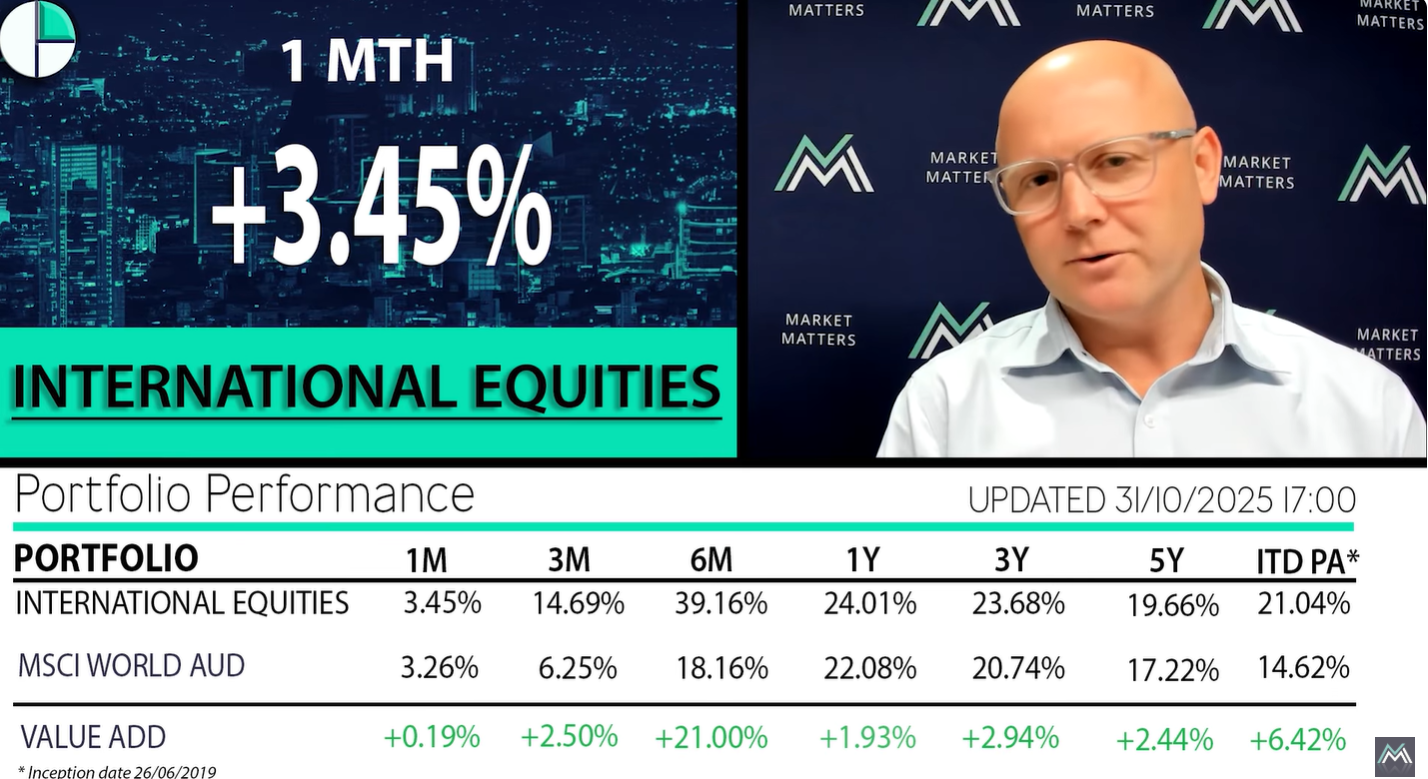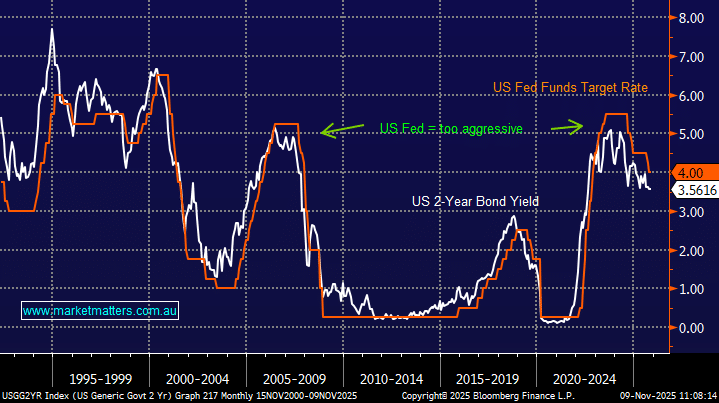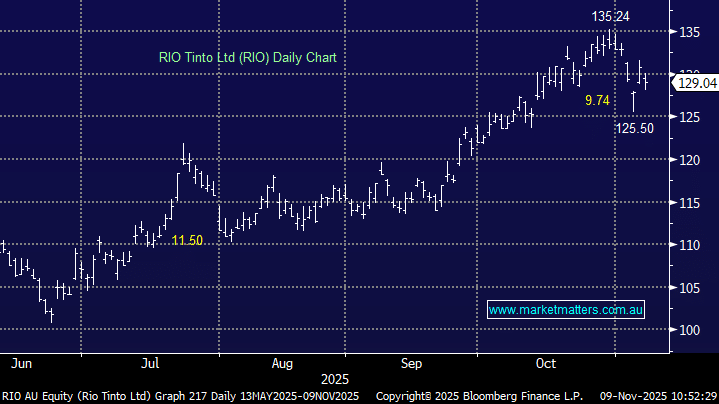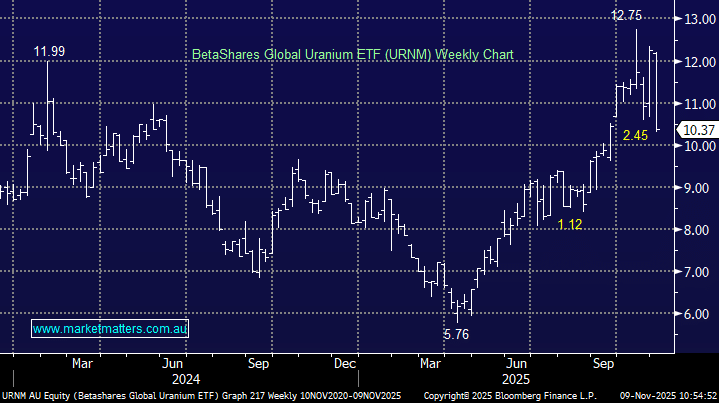The ASX200 fell over 0.5% yesterday courtesy of some broad-based weakness, by the close over 70% of the main board closed lower with all 11 sectors retreating. The main mover on the day was AGL Energy (AGL) which tumbled -10.33% following a weak 1H result and downgrade to full-year guidance, a disappointing combination however overall it was a fairly quiet session that again saw the index traverse the psychological 7500 area.
- Last year saw the ASX rally into April before experiencing a decent correction as bond yields soared to multi-month highs, at this stage, we feel 2023 might take longer to deliver the next meaningful swing as central banks feel likely to be unwavering towards the stance on inflation, at least for now.
Interestingly after discussing yesterday, 1000’s of people are losing their jobs, just as the RBA and Fed become increasingly hawkish, we saw Disney (DIS US) report their quarterly result after the US close yesterday, the stock was up (we own) after the release which included news that they were cutting 7,000 jobs – other major examples in 2023 have been Dell 6,500, PayPal 2,000, Zoom 1,300, IBM 3,900, Spotify 6,600, Alphabet (Google) 12,000, Microsoft 10,000, Amazon.com 18,000, Salesforce 7,000 and Goldman Sachs 3,200 – not a hard trend to identify!
- Central banks keep quoting strong employment numbers as the main reason allowing them to keep hiking, MM believes they will need a fresh line in the sand sooner rather than later.
US indices slipped into Friday as bullish exhaustion was in the air after an early +1% rally reversed lower following recessionary signals from bonds, ongoing hawkish commentary from the Fed and an increase in bullishness from retail investors i.e. the latter is often used as a contrarian indicator. Most pundits are calling the Fed funds rate to top out around 5% but option traders are increasingly placing bets targeting 6%! The S&P500 finished the day -0.8% with the SPI Futures pointing to a -0.35% dip this morning.
- The US 2-year yield is now exceeding the 10-years by the greatest amount since the 1980’s, such inversion very often precedes a recession.


















